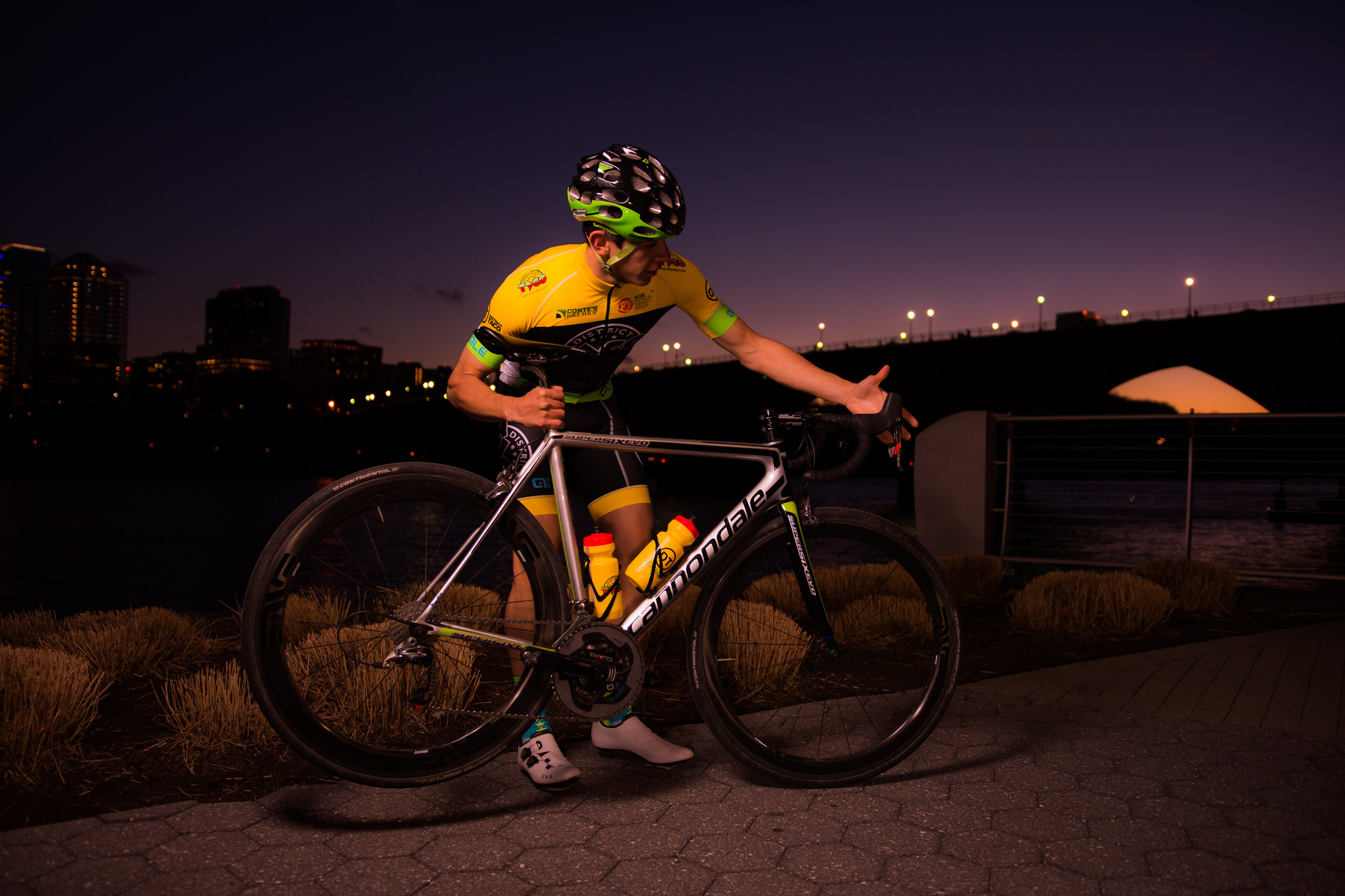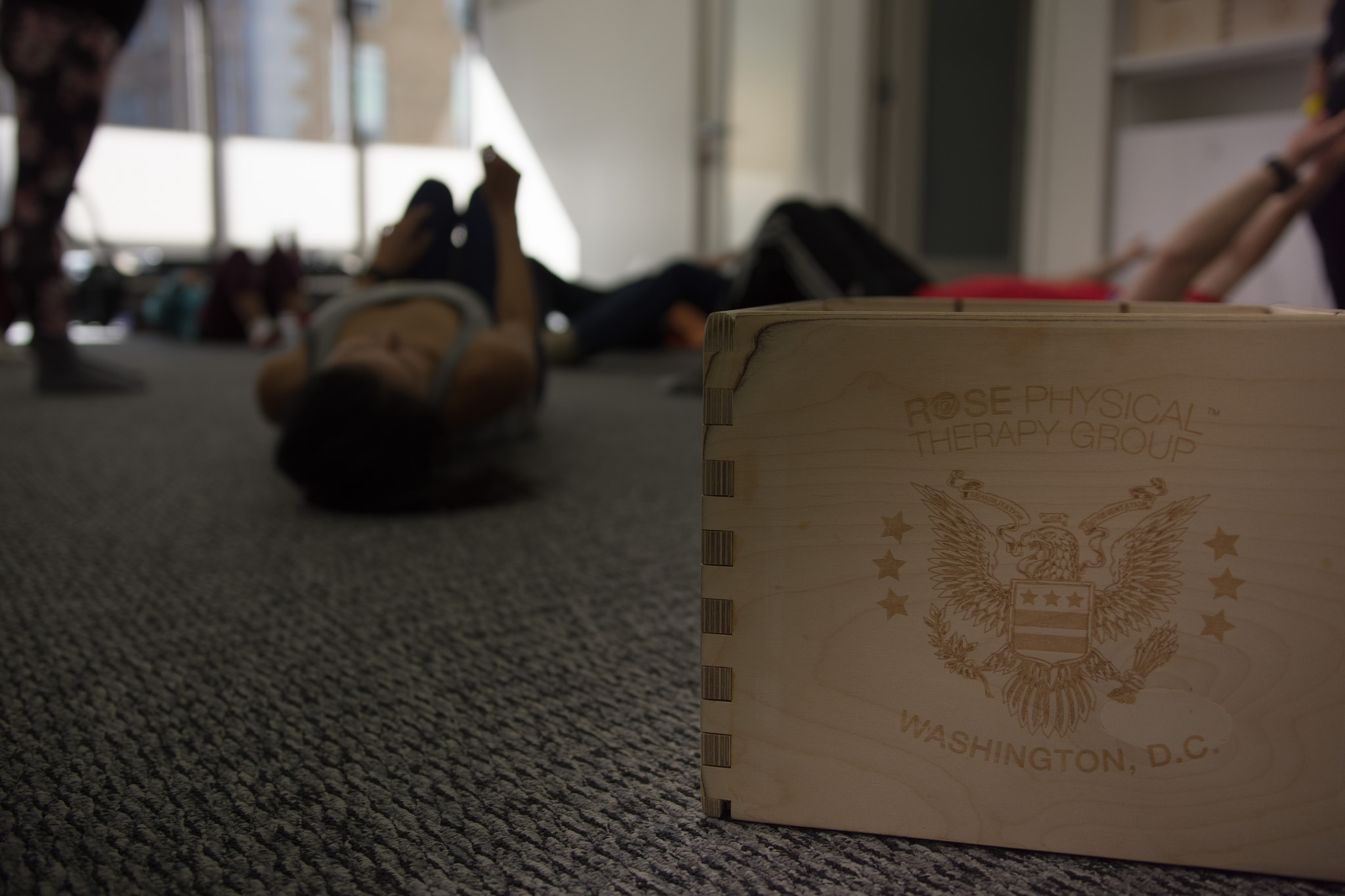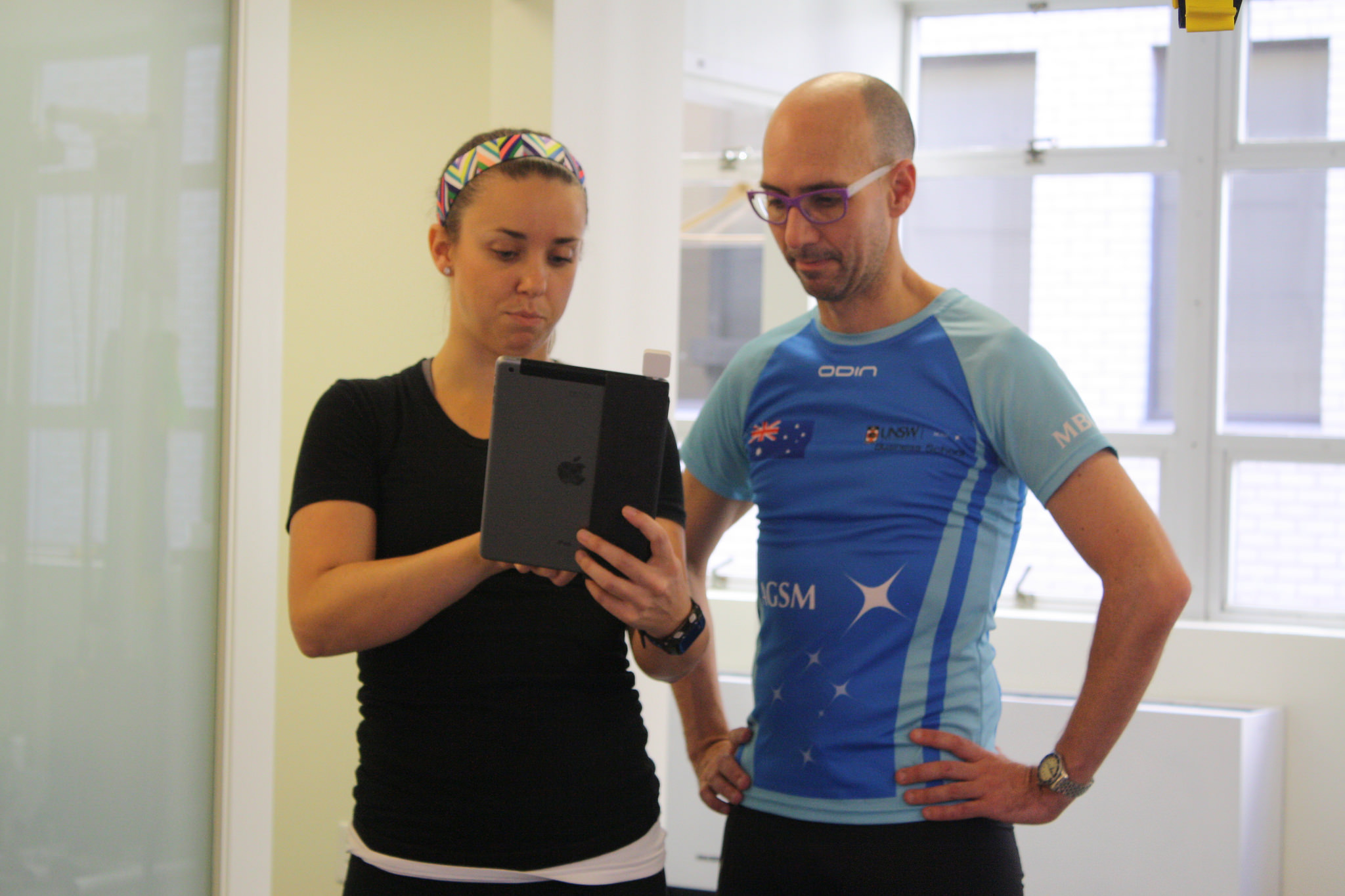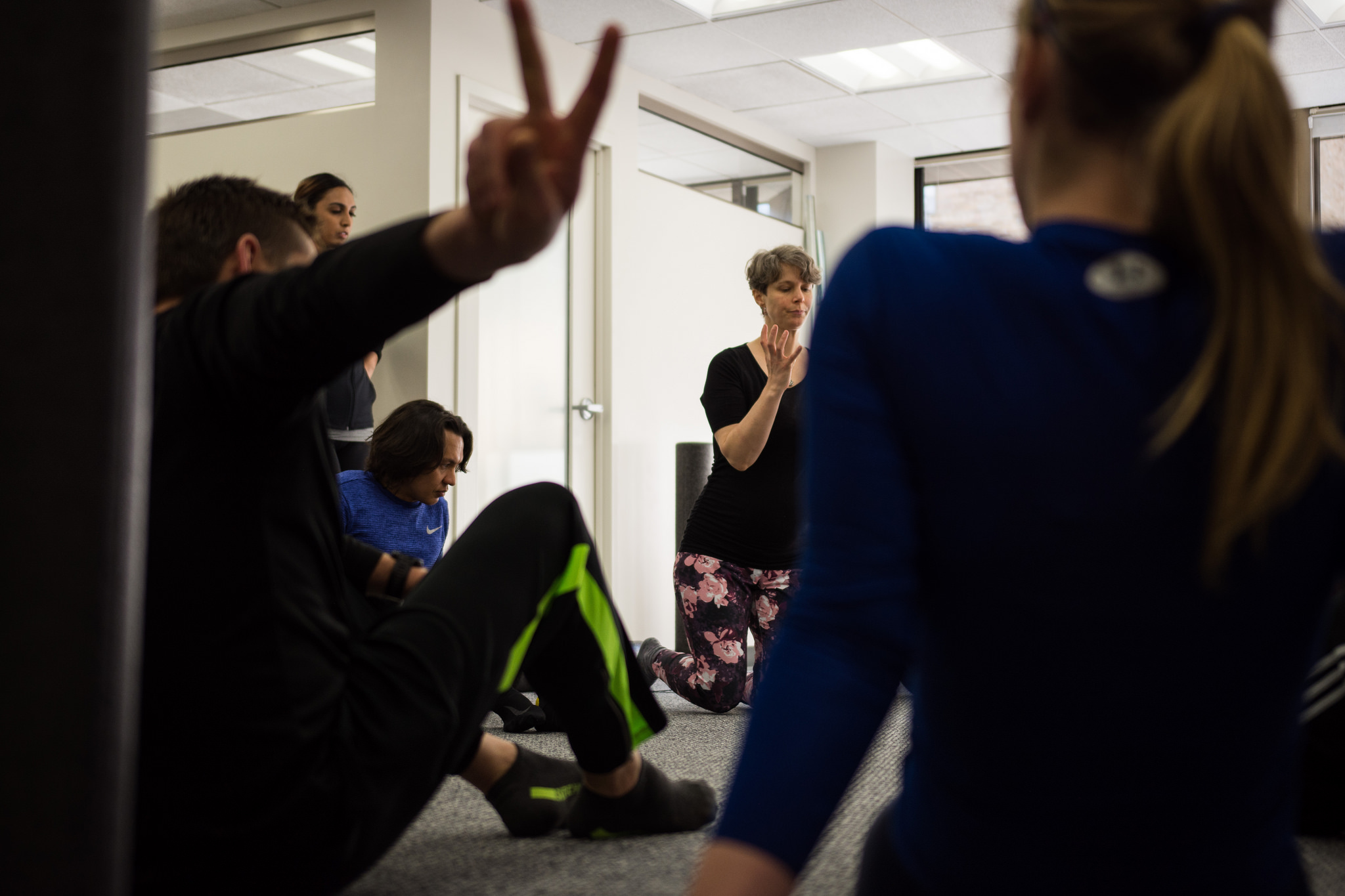Most athletes talk about listening to their body during a workout or race, but what does this really entail?
As a triathlete or cyclist you probably spend a good amount of time taking care of your bicycle (or at least you should be). Regular cleaning and lubing of the drive train, keeping the frame clean and free of spilled sports drink, and swapping chains, cassettes and tires before it’s too late. After all the work you’ve put into training you don’t want to DNF for a preventable mechanical and we’ve all heard the saying ‘a clean bike is a fast bike’.

The most important part of the bike is the engine, and that engine is you. You are the incredible machine that propels the bike forward. Without the human power on board, the bike goes nowhere, puts out no watts and wins zero races.
All the bike maintenance in the world won’t get you anywhere if you don’t keep your body in good working order. Cycling puts our bodies into an unnatural posture, hunched over, forward rolled shoulders, neck cocked into extension-- especially in aero -- and shortened hip flexors for the entirety of the time we ride. These positions can lead to pain, discomfort, decreased ventilation and oxygenation, and poor muscle activation patterns of opposing muscle groups. Just as your bike needs to be well maintained for peak performance, so does your body.
Athletes often develop an ability to “tune-in” into their own body. This is a skill that can be learned and improved upon. Simply checking in with how you feel, breathing, heart rate, and what muscles are working during a workout can lead to improved performance.

Developing a body maintenance routine can help you achieve peak performance and lead to greater fitness gains in the long run. The goal of this routine should be to reverse the postures/positions we spend so much time in during training and racing. Some of my personal favorites that I can directly link to my own improved performance include foam rolling pectoral stretches, suboccipital release (a specific neck stretch), thoracic spine mobility on a peanut, hip mobility exercises, and calf stretching as well as weekly PT appointments during high volumer training and occasional appointments for body work with my favorite massage therapist.

So tune-in and starting taking care of your incredible machine for peak performance. That new chain isn’t going to buy you many watts if your hips flexors are inhibiting activation of one of your largest muscle groups, your glutes!
If you’d like help developing a personal routine, contact Rose Physical Therapy Group and we’d be happy to help you develop one.



